Toni Kurz and the Insanity of Climbing Mountains
This post has been recorded as part of the LessWrong Curated Podcast, and can be listened to on Spotify, Apple Podcasts, and Libsyn.
Content warning: death
I’ve been on a YouTube binge lately. My current favorite genre is disaster stories about mountain climbing. The death statistics for some of these mountains, especially ones in the Himalayas are truly insane.
To give an example, let me tell you about a mountain most people have never heard of: Nanga Parbat. It’s a 8,126 meter “wall of ice and rock”, sporting the tallest mountain face and the fastest change in elevation in the entire world: the Rupal Face.
I’ve posted a picture above, but these really don’t do justice to just how gigantic this wall is. This single face is as tall as the largest mountain in the Alps. It is the size of ten empire state buildings stacked on top of one another. If you could somehow walk straight up starting from the bottom, it would take you an entire HOUR to reach the summit.
31 people died trying to climb this mountain before its first successful ascent. Imagine being climber number 32 and thinking “Well I know no one has ascended this mountain and thirty one people have died trying, but why not, let’s give it a go!”
The stories of deaths on these mountains (and even much shorter peaks in the Alps or in North America) sound like they are out of a novel. Stories of one mountain in particular have stuck with me: the first attempts to climb tallest mountain face in the alps: The Eigerwand.
The Eigerwand: First Attempt
The Eigerwand is the North face of a 14,000 foot peak named “The Eiger”. After three generations of Europeans had conquered every peak in the Alps, few great challenges remained in the area. The Eigerwand was one of these: widely considered to be the greatest unclimbed route in the Alps.
The peak had already been reached in the 1850s, during the golden age of Alpine exploration. But the north face of the mountain remained unclimbed.
Many things can make a climb challenging: steep slopes, avalanches, long ascents, no easy resting spots and more. The Eigerwand had all of those, but one hazard in particular stood out: loose rock and snow.
In the summer months (usually considered the best time for climbing), the mountain crumbles. Fist-sized boulders routinely tumble down the mountain. Huge avalanaches sweep down its 70-degree slopes at incredible speed. And the huge, concave face is perpetually in shadow. It is extremely cold and windy, and the concave face seems to cause local weather patterns that can be completely different from the pass below. The face is deadly.
Before 1935, no team had made a serious attempt at the face. But that year, two young German climbers from Bavaria, both extremely experienced but relatively unknown outside the climbing community, decided they would make the first serious attempt.
One of the things which makes the climb of the Eiger unique is that nearly the entire face is visible from a mountain resort below. Residents of Kleine Scheidegg, a small resort town in the pass, could look directly at the north face when the weather cleared and observe all of these attempts to climb the face.
All of this was in place long before the first attempt was made, so when the two young Bavarians decide to make an attempt, the world’s press was literally staying at the hotel watching the men through binoculars when the clouds cleared.
Not knowing how long the attempt would take, they brought six days of supplies, estimating it would take two to three days to achieve the summit. They started off quite strong, making it all the way up to Eigerwand station before setting up camp for the night. Yes, you read that correctly. There are train tracks a third of the way up the mountain. Here’s the view from a window looking down on (again, I’m not making this up), Grindelwald.
On the second day, they made little progress, having to contend with the first major ice field of the climb. On the third day, they made it to the second of these and were seen near the top before clouds set in and the view of the face was obscured.
When the clouds cleared on the fifth day, it became clear a major disaster was in store. The entire mountain face was covered with several feet of fresh snow, an unusual occurrence for the summer months. Avalanches crashed down the mountain, making it impossible for the climbers to descend via their previous route. The men had no choice but to continue upwards, hoping that they might make it to the top before their supplies ran out or they died of exposure. They were last seen alive on day five, high up on the third ice field with several thousand feet left to the summit.
Days later, when an airplane flew by the peak to try to locate the climbers, one was spotted frozen solid, standing up in the third ice field. This location later became known as “death bivouac”.
The Eigerwand: Second Attempt
You’d think that after such a tragedy, climbers might be at least temporarily deterred. But that would be an underestimate of how insane climbers are. From what I have read, several of the climbers that joined the search party to look for the two Bavarians mainly used it as an excuse to scout the mountain for their own attempt!
Ten men planned to make summit attempts in the 1936 season. But bad weather and climbing accidents reduced that number to just four by July.
Two groups decided to make an attempt in 1936: two men from Bavaria: Andreas Hinterstoisser and Toni Kurz, and two Austrians: Willy Angerer and Edi Rainer. During the preliminary expedition, the two groups decided to climb together.
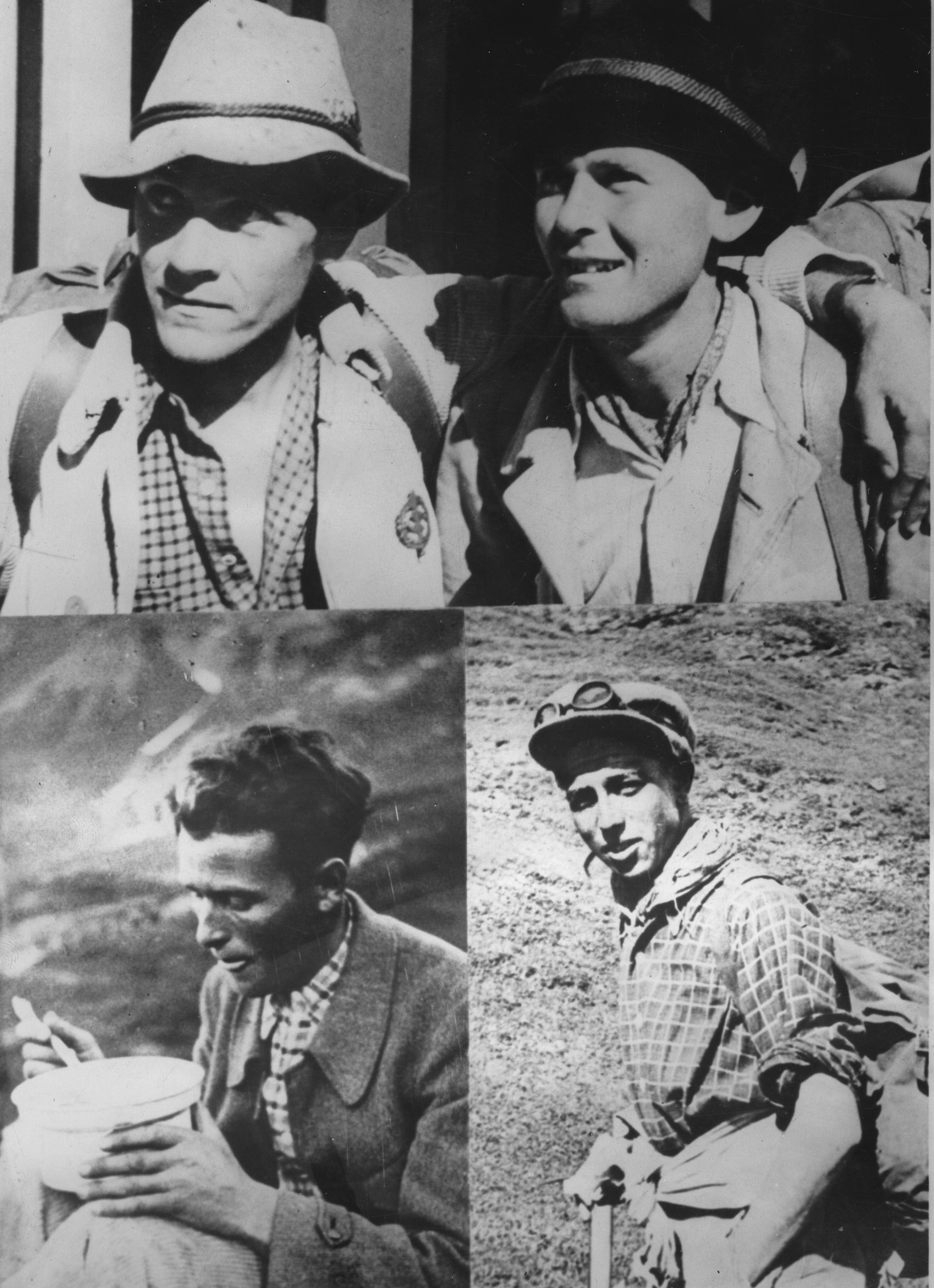
On the very first day, Hinterstoisser fell 37 meters down the mountain face (but was apparently uninjured). Other than that the men made good progress. Hinterstoisser used a new technique with fixed ropes to cross a steep rock face now known as the “Hinterstoisser Traverse”.
But crucially, he removed the ropes after making the traverse, and the same move would be much more difficult to pull off if the climbers needed to go back. Clouds settled in over the first night, and the view of the mountain was obscured to the spectators watching through binoculars and telescopes from Kleine Scheidegg below.
Early on the second day, it appeared to spectators as though something had gone wrong. Edi and Willy had stopped ascending. It looked as though Edi was attending to Willy. Andreas and Toni let down a rope to Willy, who seemed recovered enough to continue his ascent, followed by Edi.
Their progress slowed. By the middle of the day, they had reached Death Bivouac, the final resting place of the German climbers from the year before. But by this point, it was clear to spectators that Willy could not go on. Whatever injury he had suffered during the first day was bad enough to prevent him from continuing.
The four began descending and made good progress down the second ice field by the end of the second day. But the rock face between the first and second ice fields would be much more challenging on the way back down, as Andreas had removed the fixed ropes used on the ascent, and there was no clear route back down the face.
On the third day, a storm rolled in, and clouds and mist obscured the face of the Eigerwand to spectators. Avalanches could be seen tumbling down the mountain, bringing a shower of rocks with them.
When the clouds briefly cleared, onlookers could see the rock face by which they had ascended to the second ice field had been drenched in freezing rain from the night before.
It became apparent that with the fixed ropes gone, the climbers could not return by that route. The only way down the mountain was to rappel off a 600-foot cliff face.
Sensing another disaster might be imminent, a mountaineer named Albert Von Almen took the train up to the windows in the Eigerwand tunnel, close to the base of the cliff that the four men were now preparing to descend.
When Von Almen poked his head out of the window of the Eigerwand tunnel, he shouted out for the climbers high above him. To his surprise, he heard four replies. All men appeared to be well, and said they would be down soon. Von Almen set to work preparing a pot of tea, which he hoped would warm the climbers after the brutal ordeal.
Minutes ticked by. After two hours of waiting, Von Almen became increasingly worried. He returned to the window and again shouted for the men. This time, only one voice could be heard: Toni Kurz.
The wind made it hard to hear, but Von Almen gathered two pieces of information: Everyone but Toni was dead, and Toni was stuck dangling in the air hundreds of feet above the train tunnel window, unable to descend any further.
Von Almen immediately phoned Eigergletscher Station in the valley below, telling them to send a rescue party immediately. At the time, the head of the mountain rescue committee ruled that no guides were to be compelled to take part in the rescue mission, given the extreme risk involved. But three guides volunteered and rode the train up to the window in the mountainside.
Exiting the windows of the Eigerwand tunnel, the guides traversed diagonally upwards on the face towards the base of the cliff from which Toni was hanging. He spoke to them, his voice still strong despite spending three days on the mountain.
The four men had been hit by an avalanche. Hinterstoisser, the strongest climber who had set the rope on the rock face during the ascent, had been swept completely off the mountain face, falling nearly a thousand feet to his death. Willy, Edi and Toni had all been tied together by a single rope, with Toni in the middle. Both Willy and Toni had been swept off. In the fall, the rope had tangled itself around Willy’s neck and strangled him. Edi, still at the top of the cliff face and tied to both the fallen men, had been smashed against a rock at the top, fracturing his skull before freezing to death soon after. But his frozen body remained pressed against the rock, saving Toni from certain death.
Toni was alone, and with 300 feet of empty air below and above him, there was no way for the guides to reach him without climbing 600 feet up the crumbling ice between the first and second ice fields. The distance was too far to throw a rope up.
With night having fallen, the guides realized they would likely die attempting to climb the ice face and rescue Toni from above. They promised Toni they would return the next morning for another rescue attempt. Toni shouted to them that he would not make it through the night. Long after they left, they could hear him pleading for help as they descended back to the window in the train tunnel.
When the guides returned the next morning, Toni has 8 inch icicles hanging from his boots. During the night, the wind has ripped off his left mitten. His hand was now frozen completely solid, along with his lower left arm.
It was clear to the guides that there was simply no way to ascend the cliff. With modern equipment, it would have perhaps been possible, but with the mountain climbing equipment of the 1930s there was simply no way to climb a frozen rocky ice face.
The first rescue idea was to throw Toni a rope. They even brought rockets to launch a rope up to him. But this plan failed with all the ropes flying out away from the cliff face into empty air. The second idea was for Toni to lower a small rope, to which they would tie one of the rescue ropes. Toni could then tie that rope to his and descend the rest of the way down. But Toni had no remaining rope to lower. Somehow he needed to make more rope.
The guides could think of one plan that might work, but it relied on Toni having remaining physical strength. They told him to climb as far down as he could, then cut away the dead body of Willy. He would then need to climb back up, tie himself again, and cut the rope just underneath him.
Then, with one frozen arm, he would need to unwind the short section of rope and fasten together the pieces to lower down to the rescue team. This thin rope (not strong enough to hold Toni’s weight) would then be used to raise up a stronger rope supplied by the rescue team, which he would need to tie to his own and use to descend.
Over the course of five painstaking hours, Toni worked to make a new rope to lower to the guides. He cut Willy’s body from the rope, but it did not fall, as the freezing rain from the night before had frozen it solidly to the cliff. He then climbed up about 25 feet with one working arm and frozen feet, and used his ax to cut a section of rope below him. Then using his teeth and his one good hand, he began to unwind the short section of rope and tied each section together to lower to the guides.
The sun passed its peak in the sky and began to sink slowly into the west. At one point an avalanche thundered down the mountain bringing rocks and snow careening past the guides. The debris unseated Willy’s frozen body from the cliff face, and it hurled past the rescue team, tumbling down the mountain into the valley below.
Finally, Toni finished his makeshift guide rope and lowered it to the rescuers. His strength was nearly exhausted. The guides attached a thicker stronger rope to it, along with some climbing supplies in case Toni needed to climb down the cliff face. But even the rescue rope was not long enough, so they tied a second rope to it near the bottom.
Somehow, after four nights of no sleep, exposure to the wind and rain, and with one good arm, Willy managed to slowly haul the rope and gear up over the course of an hour. He then began the slow, torturous descent.
Toni came into view, fifty feet above the guides. Now thirty feet, then twenty. Then suddenly, he came to a halt. The knot the rescuers had tied to attach the second rope to the first was too large to fit through Toni’s carabiner. He could not descend further.
The guides could hear him groaning as he fought to get the knot through.
“Try, lad, try!” the frustrated rescuers cried to encourage the exhausted man. Toni, mumbling to himself, made one more effort with all his remaining strength, but he had little left; his incredible efforts had used it almost all up. His will to live had been keyed to the extreme so long as he was active; now, the downward journey in the safety of the rope-sling had eased the tension. He was nearing his rescuers now; now the battle was nearly over, now there were others close at hand to help….
And now this knot … just a single knot … but it won’t go through…. “Just one more try, pal. It’ll go!”
There was a note of desperation in the guides’ appeal. One last revolt against fate; one last call on the last reserves of strength against this last and only obstacle. Toni bent forwards, trying to use his teeth just once more. His frozen left arm with its useless hand stuck out stiff and helpless from his body. His last reserves were gone. Toni mumbled unintelligibly, his handsome young face dyed purple with frost-bite and exhaustion, his lips just moving. “Was he still trying to say something, or had his spirit already passed over to the beyond?
Then he spoke again, quite clearly. “I’m finished,” he said.
His body tipped forward. The sling, almost within reaching distance of the rescuing guides, hung swinging gently far out over the gulf. The man sitting in it was dead.”1
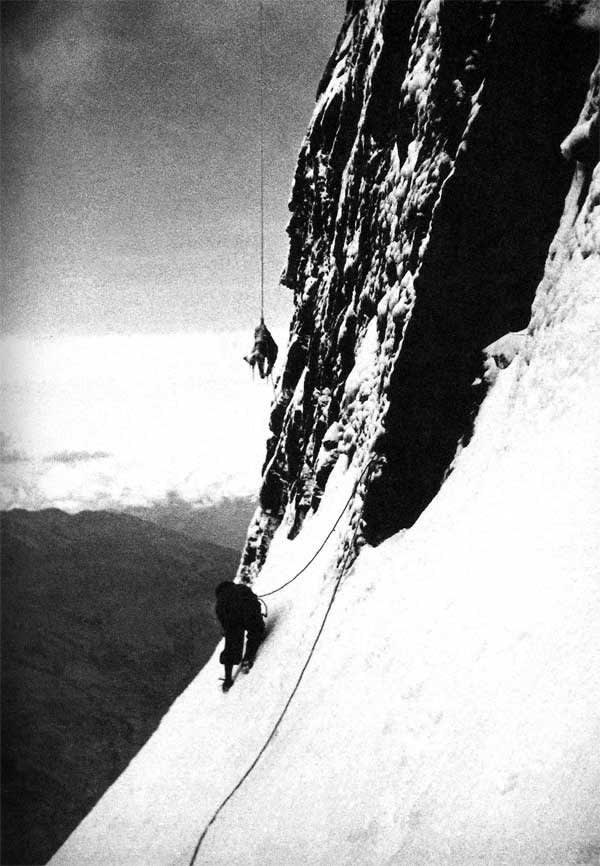
What to make of the men who climb
I remember when I first finished hearing this story being simply overwhelmed by it. It was so terrible, with so many chances for things to have gone differently. If only Willy hadn’t been hit by falling rocks. If only they had turned back an hour earlier they would have completed the belay an hour earlier and avoided the avalanche. If only Hinterstoisser hadn’t removed the fixed ropes. If only one of the guides hadn’t dropped the longer rope, there would have been no knot for Toni to get stuck on. If only Toni hadn’t dropped his glove in the storm he might have had use of both hands. If only these brave idiots had decided not to make an attempt that season like the other five climbers who left weeks before.
So what do we make of these men, who risk so much for so little? Are these urges to go forth and conquer, to take great risk for little practical benefit, simply evolutionary vestiges of a world now gone? Are they misdirected expressions of an inner urge to distinguish oneself? Are they simply far out on the tail end of the distribution of a trait that in moderation, is actually quite helpful? Do these actions somehow make sense in a way I don’t yet understand?
The idea that these climbers don’t understand the risk they are taking on doesn’t seem to hold water. They understand the danger of climbing these mountains (especially those that haven’t been climbed before). Reinhold Messner, one of the greatest climbers of all time, and the first to summit Everest without oxygen, explained that when he climbs, his mind tells him to go back, to not venture forth into the dark, cold and desolate winds. Yet he does.
And I watch, with a mixture of horror, dread, and fascination. Like one of the gawking tourists at Kleine Scheidegg, I watch through my glowing rectangle the pain and the tragedy these men endure to stand on top of a mountain that has already been climbed.
- The LessWrong 2022 Review: Review Phase by (22 Dec 2023 3:23 UTC; 58 points)
- Voting Results for the 2022 Review by (2 Feb 2024 20:34 UTC; 57 points)
- 's comment on Notes on Teaching in Prison by (30 Apr 2023 4:29 UTC; 9 points)
- 's comment on Does davidad’s uploading moonshot work? by (4 Nov 2023 17:59 UTC; 6 points)
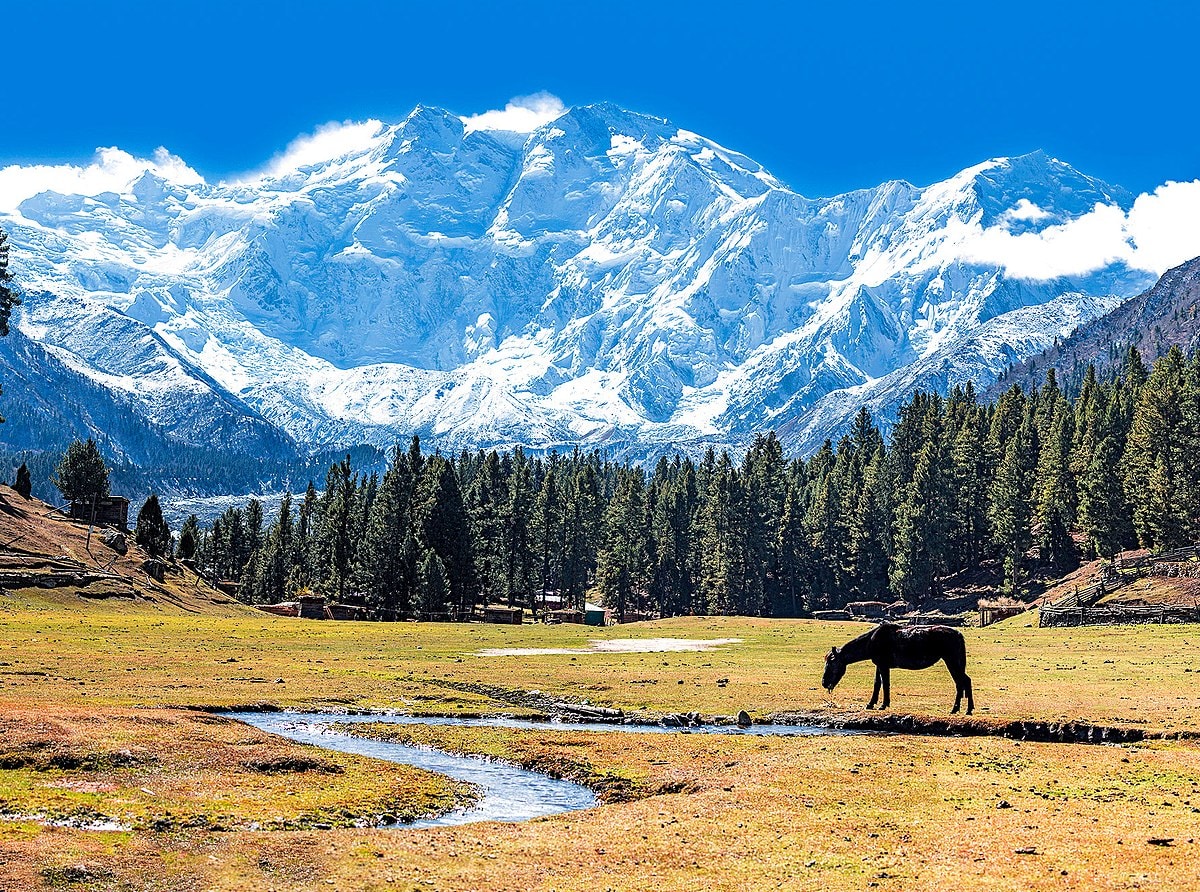

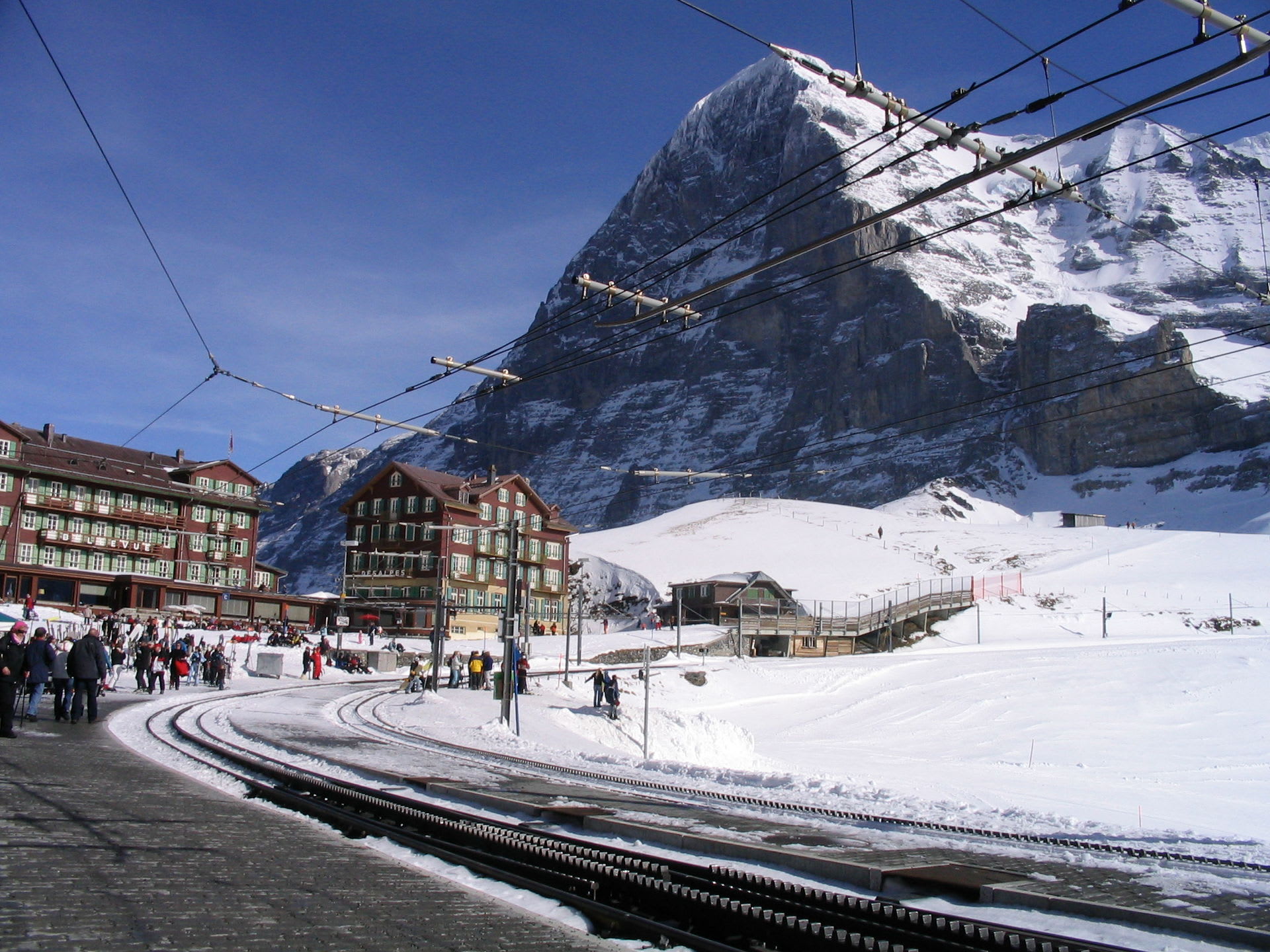
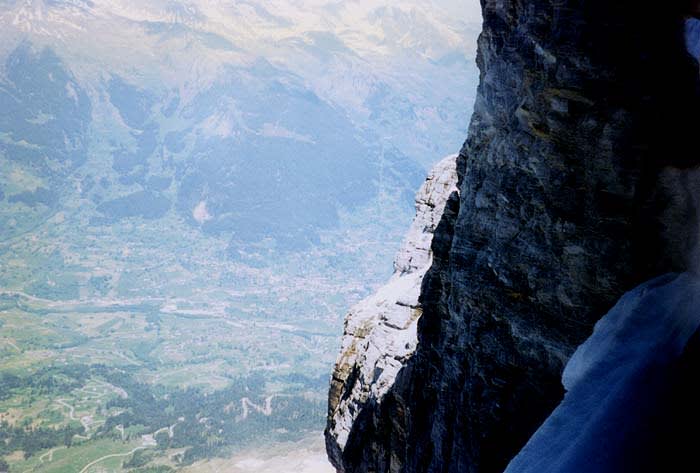
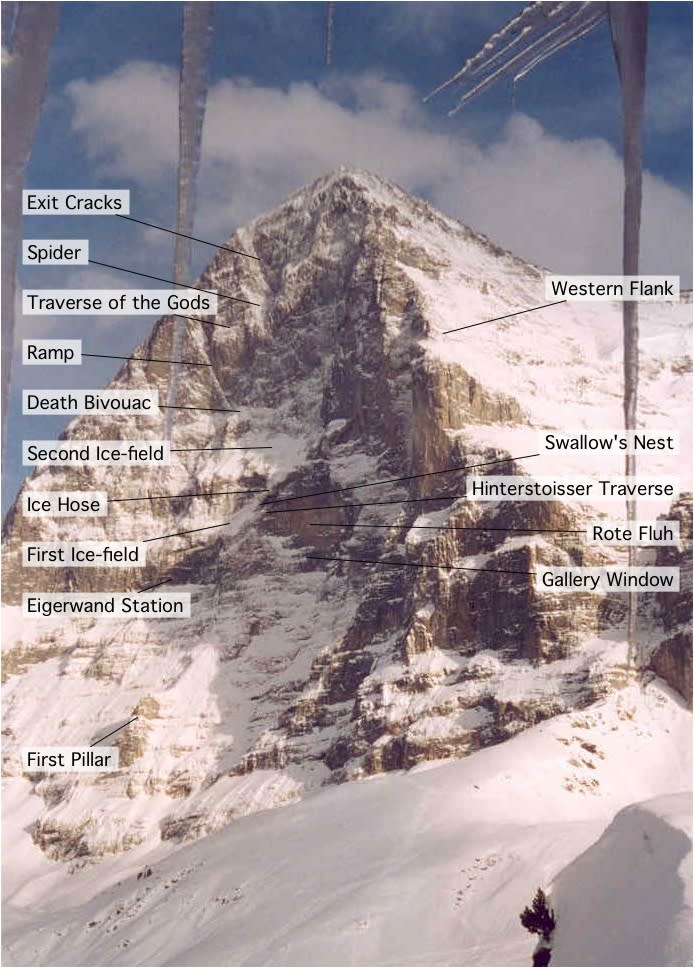
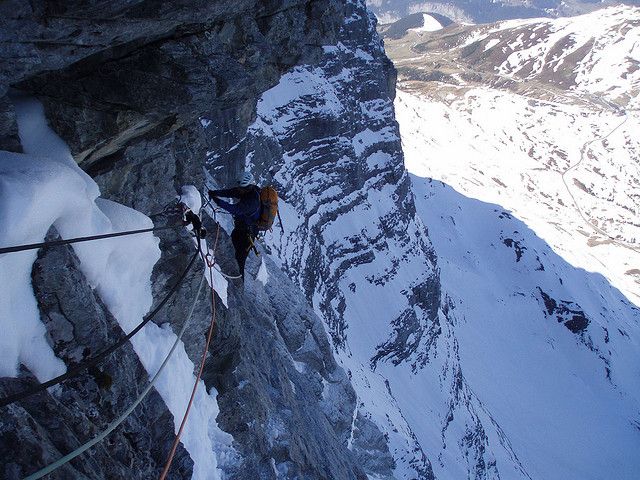
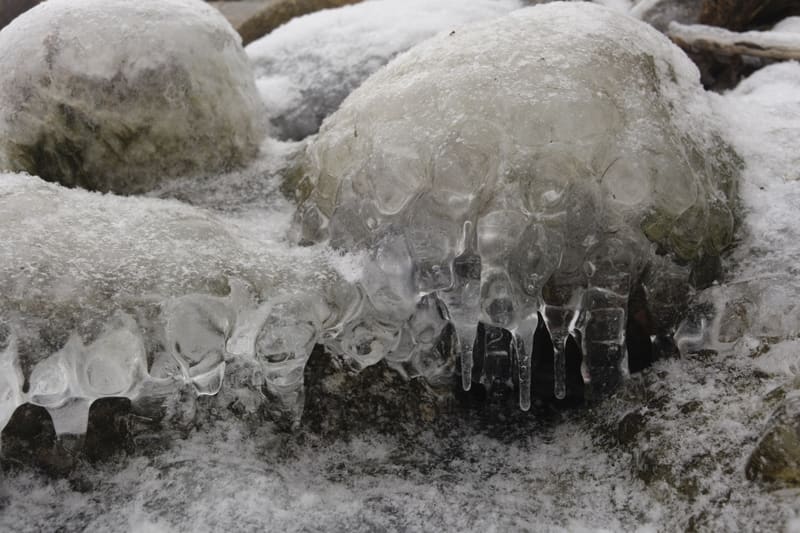
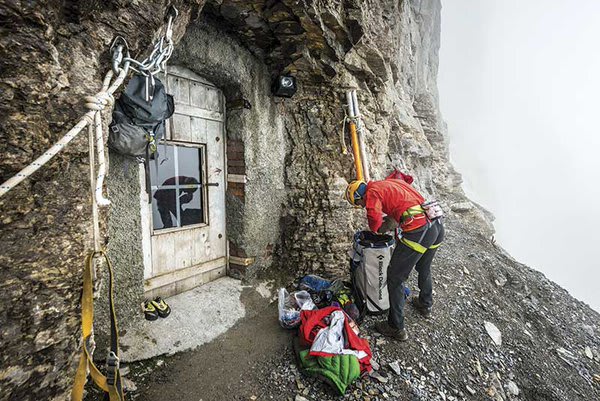
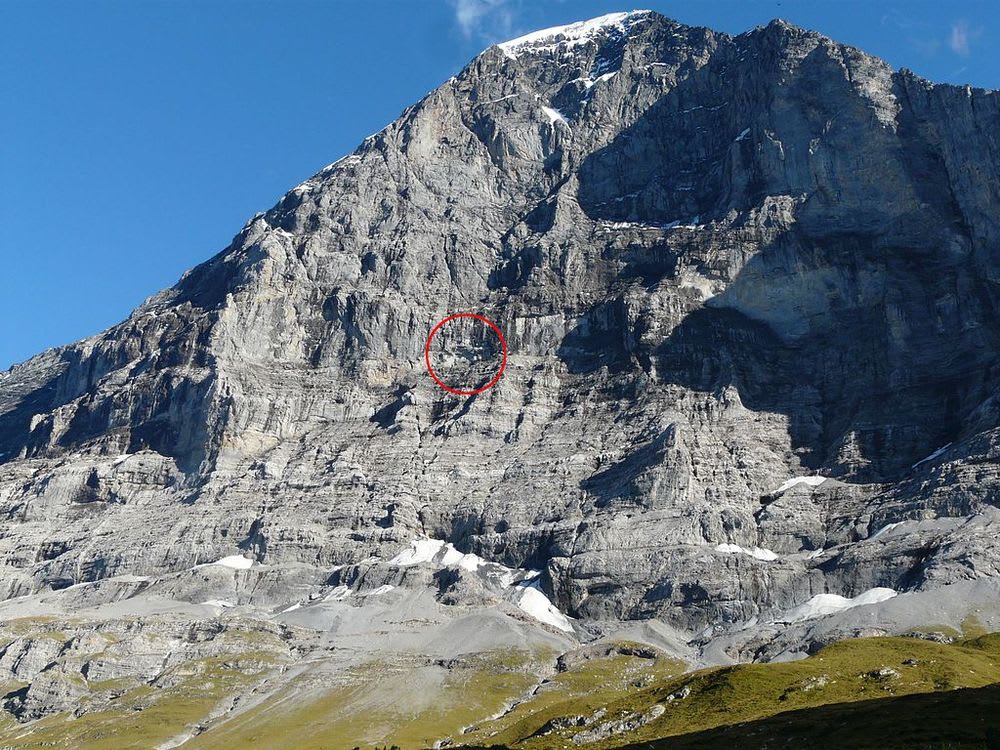
I was pleasantly surprised by how many people enjoyed this post about mountain climbing. I never expected it to gain so much traction, since it doesn’t relate that clearly to rationality or AI or any of the topics usually discussed on LessWrong.
But when I finished the book it was based on, I just felt an overwhelming urge to tell other people about it. The story was just that insane.
Looking back I think Gwern probably summarized what this story is about best: a world beyond the reach of god. The universe does not respect your desire for a coherent, meaningful story. If you make the wrong mistake at the wrong time, game over.
For the past couple of months I’ve actually been drafting a sequel of sorts to this post about a man named Nims Purja. I hope to post it before Christmas!
This was my favorite non-AI post of 2022; perhaps partly because the story of Toni Kurz serves as a metaphor for the whole human enterprise. Reading about these mens’ trials was both riveting and sent me into deep reflection about my own values.